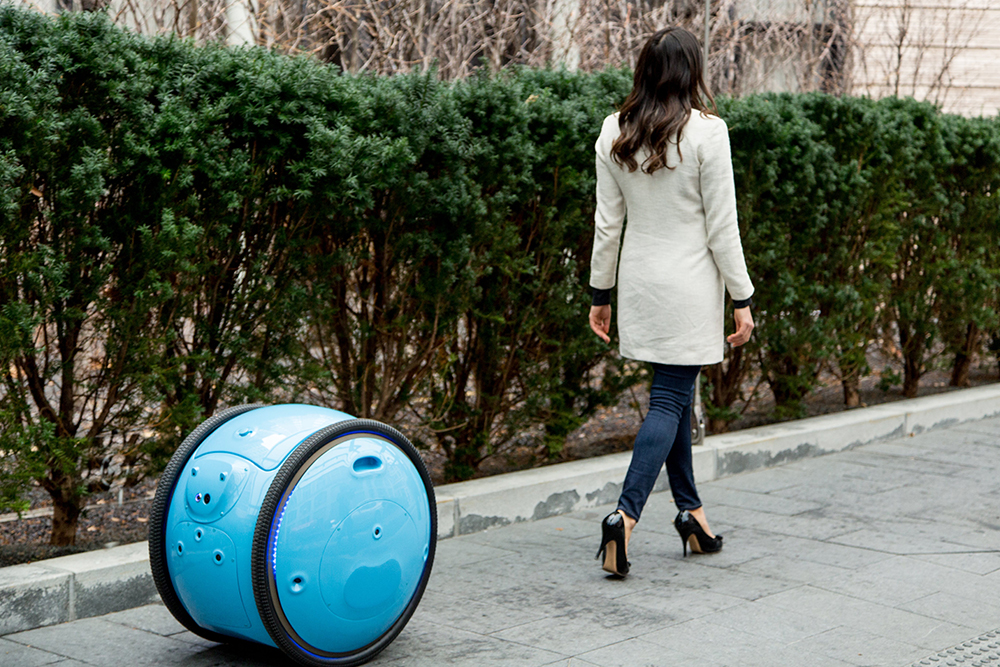Social habits are changing. More and more people long to live in walkable, livable communities – areas rich in amenities, filled with convenient transportation choices, green spaces and clean air. By some estimates, sixty percent of the world’s population will live in cities by 2030. We’re undergoing a transportation revolution where regulatory agencies, academics and businesses are re-thinking how to move people and goods in urban and suburban environments.
There are several key converging technological trends, at once personal and commercial, that are shaping what future urban and suburban environments will look like. Together, these efforts attempt to solve a host of today’s transportation problems – traffic, congestion, pollution, inefficient idle time, rising costs of maintaining existing infrastructure, and increasing inequality. These can be summed up as:
1. Shift to on-demand mobility
2. Electrification
3. Car sharing
4. Driverless vehicles
5. Greater interoperability amongst devices and systems
6. Multi-modal platforms
7. Shift in user experience from product-based experience to a service-based one, with a focus on connectivity
8. Growth in personal mobility devices and last mile mobility platforms
9. Vehicles for specific tasks
Many news cycles are spent talking about autonomous cars, but the truth is, without advancements in other areas such as infrastructure, public transportation and personal mobility, goods and people cannot be moved in a more efficient manner. The average speeds with which people and goods move around metropolitan areas today are lower than they were thirty years ago.
So, let’s focus on the last two trends: the growth in personal mobility devices and of vehicles for specific tasks.
The United States is moving towards a model where vehicles are being created for specific tasks. The days will soon be behind us where a car is used for moving a single passenger or delivering a single box of pizza. There is a shift occurring where new forms of mobility are being created for specific use cases – such as a small robot that moves on sidewalks to deliver food or personal mobility devices to help get you from the train station to your office or home. Our historical dependency on cars and trucks to move everything from a carpet to a grocery bag has stretched a system that is already overburdened beyond the limit.
Innovation in lightweight personal mobility has only just begun. The last decade has seen both a worldwide resurgence in bicycling and the introduction of the One Wheel, hoverboards, electric skateboards like the Boosted Board, and assistive devices for the elderly and much more. Products are being created for specific demographics (e.g. elderly, mobility impaired, etc.) and specific use cases (e.g. delivering goods, roadside food service, etc.). These devices are lightweight, have a small footprint and are compact enough to take with you on the go. Increased use of bike-sharing programs, electric vehicles and multi-modal platforms will become more prevalent. Imagine, for example, a suburban dweller that drives his or her car to the city limits, then takes another form of transportation to the urban center that was packaged into their car.
These new forms of lightweight transportation are exactly what Piaggio Fast Forward is creating. PFF is born from the legacy of the makers of the Vespa. The Piaggio Group introduced the Vespa as a lightweight vehicle to navigate war-torn roads after World War II. PFF is focused on the challenges of navigating through tight, urban spaces, and envisions an entirely new class of vehicles based around human-centric robotics and original design.
In 2017, PFF launched Gita (pronounced ‘jee-ta’ and means ‘short trip’ in Italian), a vehicle that can carry up to 44 pounds of cargo and follows a human indoors and outside. PFF aims to bring a new form of mobility that is lightweight, accessible, agile and moves the same way a human does to the masses, enabling them to move more, not less, and providing an alternate transportation choice to a car when commuting, going to the grocery store, a picnic with your children and more.

The automobile has been the unspoken hub of urban transportation and design for nearly 100 years. Many of our urban environments – in fact most of the entire United States’ transportation infrastructure – has been built for cars. But there is a fundamental shift underway that privileges pedestrianism over automobility. Cities have moved to pedestrian-only parts of their city centers – limiting car access and making the streets themselves more attractive to pedestrians by installing better lighting, street signage, and paving materials and adding more greenery.
So what does the future look like when transportation is centered around people, not cars? How can we design mobility options that enable humans to move more, better, further, faster, more pleasurably, and with a lower environmental impact? These are some of the questions that we’re tackling as we re-imagine what personal mobility looks like. It’s time to reclaim pedestrianism and create more livable cities where humans are at the core of the transportation options.
© CoMotion LA │ Powering a Sustainable Multimodal Future for All
Sign up for CoMotion NEWS, our must-read weekly newsletter that contains the most critical mobility news of the week, updates about: CoMotion events, the Fast Forward Podcast and more!